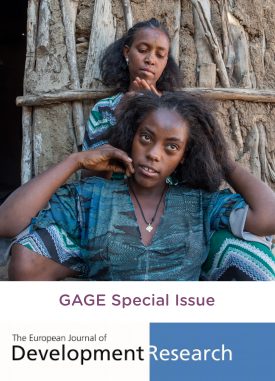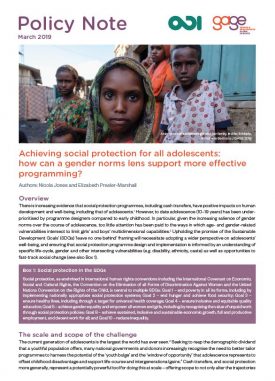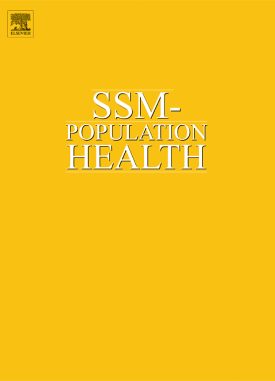Adolescence is a window for interventions to improve current and longer-term well-being, yet it is also a time when girls face an array of restrictive gender norms, reinforced by peers, families, communities and institutions. Without norms change at each of these levels, it may be difficult to improve girls’ outcomes in a sustainable way. This study analyzes data from a cluster randomized controlled trial in Ethiopia to evaluate near-term impacts of multi-level adolescent-centric interventions aimed at gender norms transformation—layered to include girls, boys, their families and communities—on the empowerment of approximately 2,300 young adolescent girls (10-14).
We find that gender-focused programming can improve a broad range of girls’ capabilities after one year, though we don’t detect sustained improvements after an additional 1-2 years of follow-up. Impacts are weaker (and sometimes even negative) where support and implementation are less consistent, suggesting the need for tailored and well-monitored implementation approaches in different contexts.
Suggested citation:
Hamory, J., Baird, S., Das, S., Jones, N. and Woldehanna, T. (2024) Do multi-level adolescent-centric interventions improve girls’ capabilities? Mixed-methods evidence from a cluster randomised controlled trial in Ethiopia. Working paper. London: Gender and Adolescence: Global Evidence


